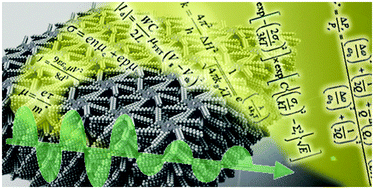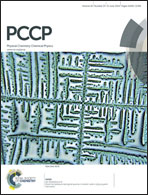Charge carrier mobility in organic molecular materials probed by electromagnetic waves
Abstract
Charge carrier mobility is an essential parameter providing control over the performance of semiconductor devices fabricated using a variety of organic molecular materials. Recent design strategies toward molecular materials have been directed at the substitution of amorphous silicon-based semiconductors; accordingly, numerous measurement techniques have been designed and developed to probe the electronic conducting nature of organic materials bearing extremely wide structural variations in comparison with inorganic and/or metal-oxide semiconductor materials. The present perspective highlights the evaluation methodologies of charge carrier mobility in organic materials, as well as the merits and demerits of techniques examining the feasibility of organic molecules, crystals, and supramolecular assemblies in semiconductor applications. Beyond the simple substitution of amorphous silicon, we have attempted to address in this perspective the systematic use of measurement techniques for future development of organic molecular semiconductors.


 Please wait while we load your content...
Please wait while we load your content...